

When teaching grammar or vocabulary to our ESL students, we need to plan lessons that allow the students to see the concept being used in a real-life context. Eventually, the students should be asked to use the language in open-ended and creative scenarios, but before that can happen, they need to have a very good understanding of the concept.
How Do I Plan Lessons for my English Students?
In the practice stage, students are given multiple opportunities to practice and apply the new language through a series of controlled and monitored activities. Lessons should include at least three different activities and be well-scaffolded, with the easiest activity being first and the most difficult last. Make sure you provide feedback, guidance, and correction as they work.
The following twenty activities are great options for practice activities!
1 - Either/Or
Good for both vocabulary and grammar lessons, Either/Or activities give the students two options to complete a sentence. It is a great first activity, when scaffolding.
My teacher ( is / are ) very intelligent.
Winter is really ( hot / cold ).
2 - Multiple Choice
Like Either/Or, Multiple Choice activities are appropriate for both vocabulary and grammar lessons. Typically students will be required to choose from three or four options in order to properly complete a sentence.
Yesterday I ______ three cups of coffee.
a. have drunk
b. drank
c. drink
d. will drink
3 - Correct/Incorrect
Although Correct/Incorrect activities tend to lend themselves better to grammar, they can also be used for vocabulary lessons. Students must read a sentence and decide if it is written correctly or not.
My sister eat a lot of candy. (Incorrect: My sister EATS a lot of candy.)
I have been to the beach many times. (Correct.)
4 - True/False
Similar to Correct/Incorrect questions, True/False activities test the students’ ability to understand grammar or vocabulary concepts. Unlike Correct/Incorrect activities, True/False activities are sentences that are written correctly. Teachers can also create True/False activities based on a picture. These questions can also create good discussion as the students have to explain why it is true or not.
You must put sugar in your coffee. (False, You CAN put sugar in your coffee.)
Giraffes have two tails. (False, Giraffes have ONE tail.)
5 - Gap Fill
Gap Fills are one of the easiest practice activities to create and implement in both grammar and vocabulary lessons. Students must understand the context in order to properly complete the sentence. Teachers can provide a word bank or give the students the verb they must conjugate in the indicated tense. Gap Fills are an effective way to check your students’ understanding but they can get a bit boring and repetitive.
If my friend _______ (work) late tonight, we _________ (cancel) the dinner.
6 - Crossword Puzzle
Similar to a Gap Fill, Crossword Puzzles are a great way for students to demonstrate understanding of grammar or vocabulary concepts. The clues can be definitions, examples or even worded like a fill-the-blank activity.
7 - Cloze Exercises
Cloze exercises contain a text or a portion of a text with certain words removed. Teachers can be intentional in choosing all nouns or all verbs, especially that are related to your lesson, or you can remove every nth word (for instance, the 5th or 6th word).
One of the best ways to ____________ is going to a _____________. You can ______________ and _________________. You shouldn’t _______________ because you might ____________. Don’t forget to bring your _____________!
8 - Finish the sentence
When scaffolding your practice activities, Finish the Sentence questions would be on the more challenging end. These activities will require students to write more than one word, typically an entire phrase or clause. These work really with grammar activities.
I would have said yes if he ___________________________________________.
Before I started this class, I ___________________________________________.
9 - Find the Error
Unlike the Correct/Incorrect activities, all sentences in the Find the Error activities will have at least one thing wrong. The students must find the error and typically teachers will ask them to correct it. Believe it or not, these activities can be very challenging for students!
I’m interested on politics.
You should to study more.
10 - Word Order
Asking students to put sentences in the correct order, is another great way to check your their comprehension of grammar concepts, especially asking questions. There are ways to make Word Order activities more appropriate for varying levels, but regardless, you will know exactly what your students are able to do or not.
always / I / on the weekend / cook and clean
your sister / work / does / where
11 - Put dialogue/short story in the correct order
In a similar manner, a good way to assess your students’ ability to understand context and vocabulary is to ask them to put a short story or dialogue in the correct order. To be even more interesting, you can cut the lines into strips of paper so the activity now engages your Kinesthetic learners.
Waitress: No problem! I’ll be right back!
Lisa: Hi! Can we have a table for two?
Waitress: Good evening! Welcome to The Pizza Place.
Waitress: Yes, follow me please! Here are your menus.
Lisa: Thank you. Can you bring us two glasses of water before we order please?
12 - Change Form
Great for grammar lessons, activities that ask the students to change the form of the sentence can be challenging but give the teacher insight into the learners’ comprehension of the concept. These work well when changing from X tense to Y tense, from active to passive voice, from a positive statement to a negative statement or from a statement to a question.
I go to every party. -->_______________________________________________ (Past)
She is a doctor. -->__________________________________________________?
13 - Identify
This type of activity can be used in a number of ways, but it works best with grammar lessons. The students must identify something within a properly written sentence: the pronoun reference, the tense, the parts of the sentence, singular/plural, etc.
Felipe works as an account in San Diego. His mom visits him every Saturday to help him clean his house. Who does the underlined him refer to?
I had lived in California before I moved to Costa Rica. What tense is used in the underlined phrase?
14 - Reword
For both vocabulary and grammar, students should be able to reword a sentence or phrase to show you they understand what it means. As you can imagine, these will probably be too difficult for most starter students. There will often be a number of correct answers for these types of questions as well.
I am hungry. = I need __________.
My parents allowed me to go to the party. = They gave me ____________________.
15 - Picture Labeling
When teaching vocabulary lessons, you will likely incorporate a lot of images to reinforce the meanings of the words. To get the students to practice the vocabulary, an easy activity is Picture Labeling. This works well for starter students and even young learners.
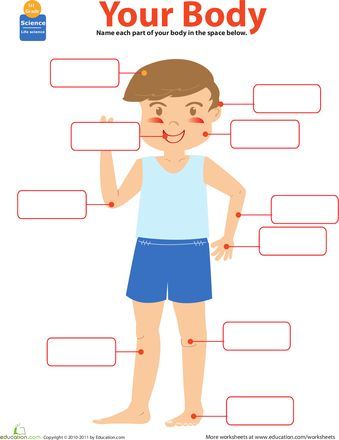
16 - Write a sentence under the picture
To get the students to use the grammar or vocabulary in a complete sentence, give a simple image and ask the students to write a sentence to describe the picture.

__________________________
(The man reads a newspaper.)
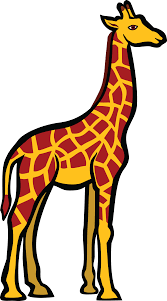
__________________________
(The giraffe is tall.)
17 - Matching
Matching activities work well for all levels of students and for both grammar and vocabulary lessons. You can ask the students to match images to vocabulary words, words to definitions or even to complete grammar conjugations.
______1. 2:15 A. It’s a quarter to two.
______2. 1:45 B. It’s a quarter past twelve.
______3. 12:15 C. It’s a quarter past two.
18 - Flashcards: Slap
When teaching vocabulary, especially when working with Starter students and young learners, flashcards are a great way to practice. Your flashcards should have pictures and the vocabulary words in English. There are a number of games you can play with your students in order to give them the guided, repetitive practice they need in order to master the vocabulary.
One of our favorite games is called “Slap.” Students should be working in pairs, and all pictures should be face-up on the table between both partners. Teacher gives instructions, “Put your hands on your head. When I say one of the vocabulary words, quickly touch the picture. Ready? Mustache! If you touched it first, keep it! Put your hands on your shoulders! Beard! etc.” This should be a fast game, and you should be able to play it more than once in a lesson, only using a couple of minutes of your allotted time for practice activities.
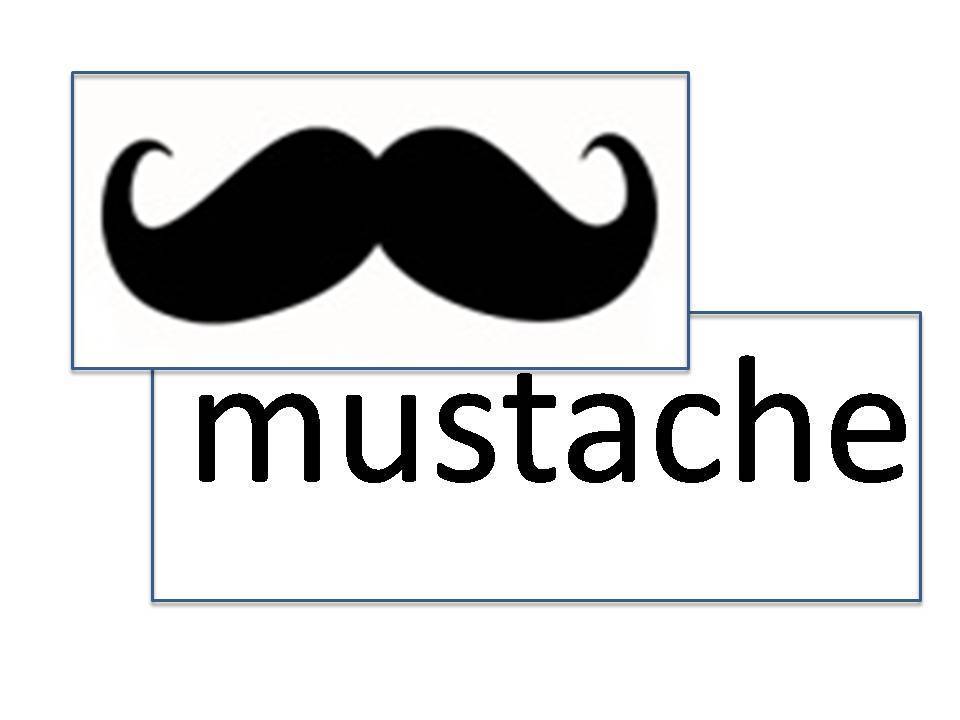
19 - Fly Swatter Game
Another fun way to practice vocabulary words, the Fly Swatter game can work with either pictures or words. The teacher writes the vocabulary words (or put the pictures) on the white board (or projects on a SmartBoard). Typically two students, from opposing teams, are standing at the board with a fly swatter (or a rolled piece of paper). If the vocabulary words are written on the board, the teacher would say a definition of one of the words, and whoever hits the correct vocabulary first with the fly swatter wins a point for his or her team. If the pictures are on the board, the teacher would say one of the vocabulary words, and whoever hits the correct picture first, wins a point. This is a great review game, requires minimal preparing and can be played quickly.
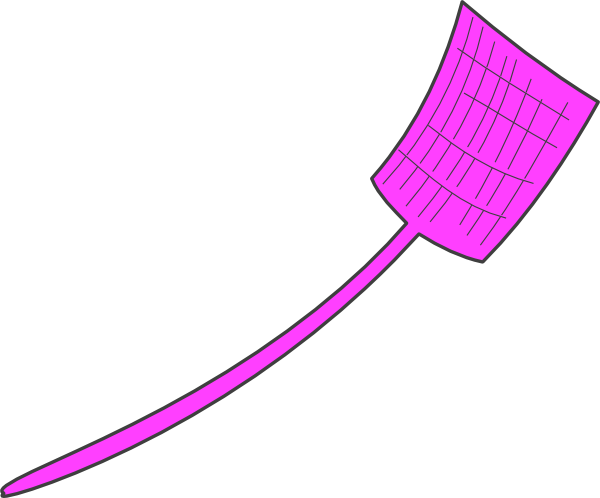
20 - Charades/Pictionary
Classics for the language classrooms, Charades and Pictionary are easy activities to create and use in your ESL classroom. Although they work best for vocabulary lessons, you could include them in a grammar lesson. For instance, if I’m teaching the Present Continuous, I can ask the students to act out and identify phrases like, “She is running!” “He is writing!” or “They are exercising!” These activities are quick, engaging and appealing for different types of learners.
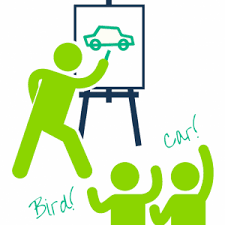
It's easy to get in a rut when planning lessons for our ESL students, so be sure to include a variety of these practice activities to engage your students and keep your lessons interesting! Want to know more about planning lessons for your students in order to meet their needs? Sign up today for one of our 4-week TEFL trainings in Costa Rica!

